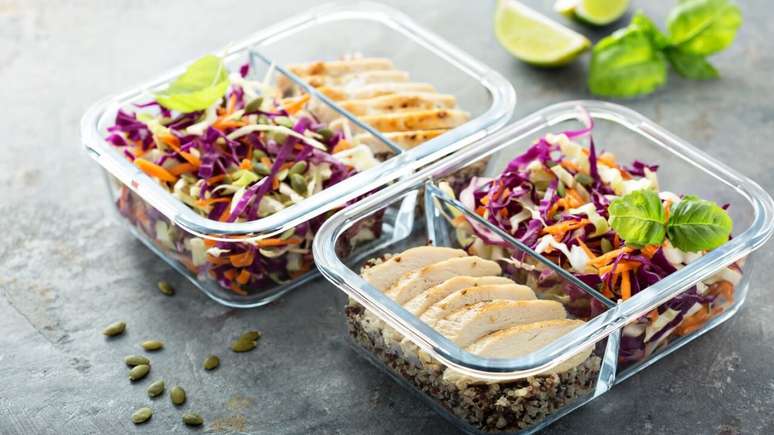Remember that eating food according to the ideal rule is not nonsense.
Diets are limited to calorie counting, but the human body always defies math. So, does a dish with 100g of chicken, 100g of vegetables and 200g of rice make any difference by starting with rice instead of vegetables? It’s common to think that the food we eat goes to the same place. It turns out that the reality is not quite like that, that is, the order of factors in meals alters the results.
Find out how the order of factors in meals changes the results
It’s worth starting your main meals with foods rich in fiber, lean proteins and healthy fats to slow digestion. And also the absorption of simple carbohydrates.
“Opt for complex, whole carbohydrates, such as whole grains, legumes, fruits and vegetables, after consuming foods rich in fibre, protein and fat. Digestion of these carbohydrates naturally takes longer, resulting in a more gradual release of glucose into the Blood flow.
Avoid large amounts of simple sugars and highly processed foods. Such as sweets, fizzy drinks, cakes, biscuits and fried foods, which can lead to rapid spikes in blood sugar. In addition to your food order, it’s important to check your portion sizes. Consuming excessive amounts of any type of food can lead to blood sugar spikes. Even with the carefully planned hiring order,” he said nutritionist Dr. Marcella Garcez.
Choosing this sequence denotes your weight and metabolic disease control strategy, and you also don’t have to wait a long time to switch from vegetables, to meat, and then to rice.
“The question of timing between the consumption of different food groups is not a hard and fast rule and there is no universal guide on this matter. The main point when considering the order of food intake is to understand how different types of foods interact in the body and how this affects digestion, nutrient absorption and blood sugar levels.
The objective is to balance macronutrients, proteins, carbohydrates and fats, choosing first and foremost to consume foods that promote a gradual release of energy, avoiding blood sugar spikes”, underlined the nutritionist.
Message
“But it must be emphasized that the glycemic response can vary from person to person and that indications on nutrition and blood sugar control should preferably be personalized. Other strategies also approved by science include walking after large meals, which can help control blood sugar levels,” he stressed.
Final word
“Avoid large amounts of simple sugars and highly processed foods, such as sweets, sodas, cakes, cookies and fried foods, which can lead to rapid spikes in blood sugar. In addition to the order of foods, it is important to control portion sizes” , concluded Marcella Garcez.
Source: Terra
Rose James is a Gossipify movie and series reviewer known for her in-depth analysis and unique perspective on the latest releases. With a background in film studies, she provides engaging and informative reviews, and keeps readers up to date with industry trends and emerging talents.






